What is a fuel cell?
Fuel cells are low-carbon, sustainable solutions that use the chemical reaction between hydrogen and oxygen to produce electricity without greenhouse gas emissions.
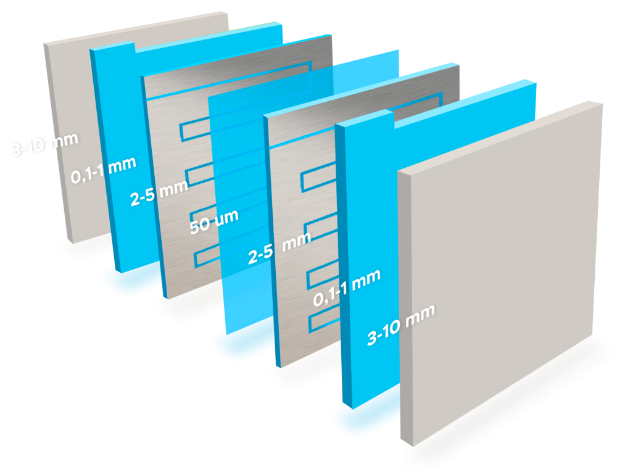
How does it work?
A fuel cell consists of an anode (supplied with hydrogen) and a cathode (supplied with air). Protons, created at the anode, pass through the electrolyte to the cathode, producing water, while electrons generate electricity.
Thanks to their operation without harmful exhaust gases, fuel cells offer an environmentally friendly energy solution.
What are the uses of fuel cells?
Intermittent energies (renewable energies like solar, wind, etc.) are either consumed in real-time or lost (wasted energy).
Hydrogen is currently the only existing way to store these energies, and fuel cells allow the consumption of the produced hydrogen, enabling the powering of electric vehicles, buildings, and other applications that require clean and sustainable energy.
Some examples of
applications
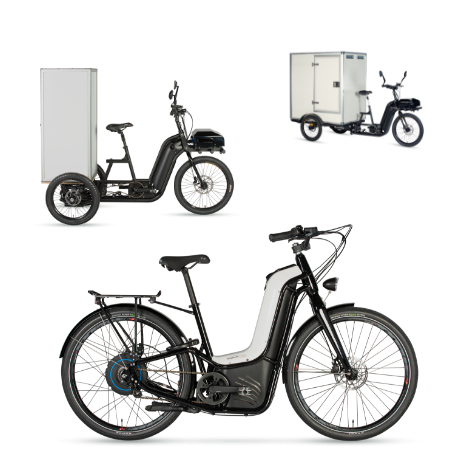
98%
recyclable
system
without waste
production
Increased autonomy
In urban mobility
On electric-assisted vehicles, electric vehicles, and all new individual electric mobilities (NIEV).
Instant recharge
For nomadic use
For mobile or stationary applications on small auxiliary power units (APU).
98%
recyclable
system
without waste
production
Direct hydrogen production with a powder bag
Allows powering small electronic devices in survival shelters, for example.
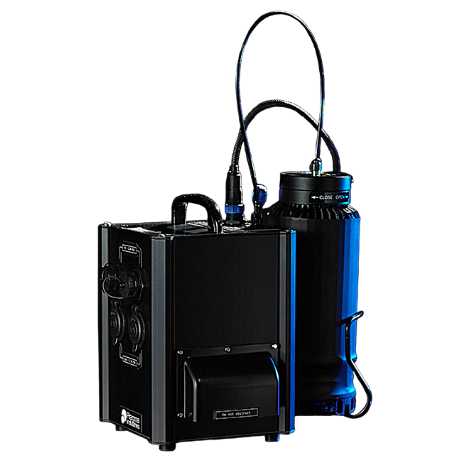
Fuel cell / Battery: what are the differences?
Fuel cells and batteries are different energy storage technologies with distinct advantages and limitations:
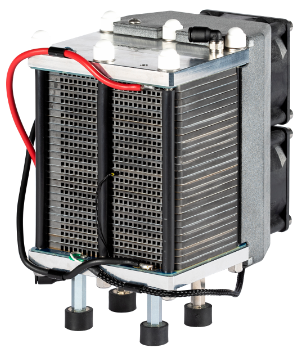
BATTERY WITH FUEL |
BATTERY |
|
|---|---|---|
| Rare earths | 1.8g of platinum | 100g of lithium + depending on technology: iron, phosphate, manganese, cobalt, lead…*. |
| Electricity Production | Consumes hydrogen Electrochemical reaction hydrogen (anode) / oxygen (cathode): protons at the anode pass through the electrolyte and create water, while electrons generate electricity |
Consumes its own materials Lithium ions transfer from one electrode to another |
| Recharge | Refilling the hydrogen tank | Recharging from the mains |
| Lifespan | 12-15 years | 5-7 years |
| Recyclability | 95% of materials (98% by mass) are reusable or recyclable | Up to 70% with a legal obligation of 50% |
* https://www.automobile-propre.com/le-lithium-pour-les-nuls/
Why
hydrogen?
An available, sustainable, and powerful energy
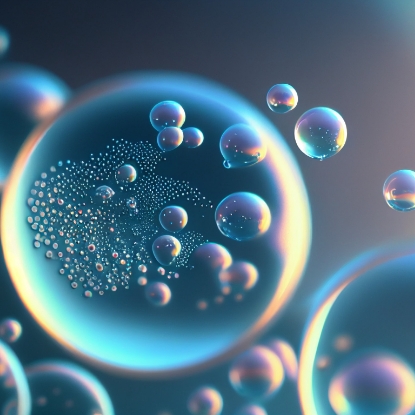

Zero CO2 emissions
Green hydrogen is a clean energy source, with no CO2 emissions.

Multiple hybridizations
Supercapacitors, batteries…

Renewable energy storage
Hydrogen allows large-scale storage of renewable electricity for later use, reducing the amount of wasted energy.

Versatile use
Hydrogen finds applications in transport, industry, and residential areas, offering a comprehensive solution for the energy transition.
How can hydrogen
produce and store
energy?
Hydrogen can produce electricity in two ways:
In a combustion reaction, to replace gases (creating heat)
Used in aviation, boilers…
In a fuel cell, to replace batteries (producing electricity)
Used in trains, boats, cars, light and urban mobility…
- Pragma Process


